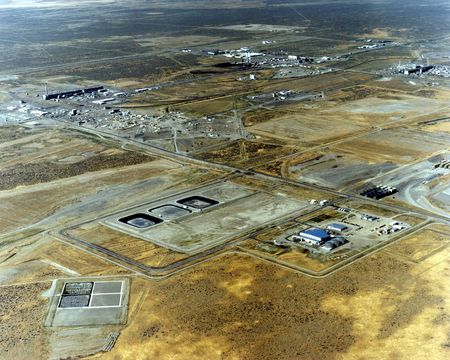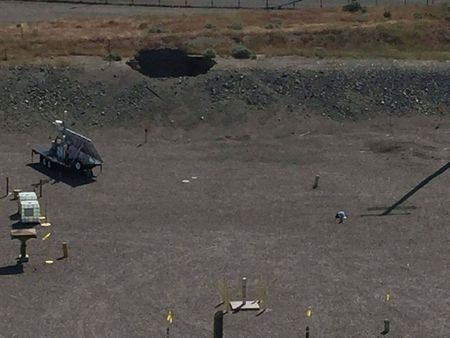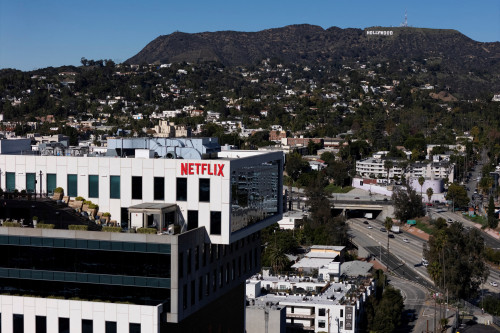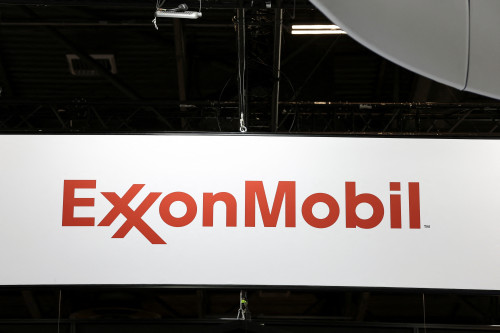By Laura Sanicola and Timothy Gardner
WASHINGTON (Reuters) – The largest U.S. solar power site and other clean energy projects could be built on lands owned by the Department of Energy, including where components for Cold War-era atomic bombs were developed, the agency said on Friday.
The DOE said it has identified about 70,000 acres (283 square kilometers) of land across five states, most of which has been used as a buffer for national security purposes, that could eventually host clean energy projects including solar, wind and nuclear power.
“These sites are all safe now, they are completely clean and ready for redevelopment,” U.S. Energy Secretary Jennifer Granholm said at an event at her department’s headquarters in Washington, D.C.
Granholm presented the Cleanup to Clean Energy plan to help achieve President Joe Biden’s clean electricity goals. The administration wants the U.S. grid to run on clean energy by 2035. Many of the sites already have power customers and work forces, officials said.
The event included developers of renewable power and nuclear power, involving participants with experience implementing clean electricity projects generating at least 200 megawatts.
The DOE identified lands at the following sites for potential development:
-Hanford Site, Richland, Washington
-Idaho National Laboratory, Idaho Falls, Idaho
-Nevada Nuclear Security Site, Nye County, Nevada
-Savannah River Site, Aiken, South Carolina
-Waste Isolation Pilot Plant, Carlsbad, New Mexico
The U.S. government built Hanford and other complexes in the 1940s to produce plutonium and uranium for atomic bombs under the Manhattan Project.
Hanford is now decommissioned. Decontaminating leaks of highly radioactive waste and other pollution at the overall site has already cost billions of dollars and will for many years.
There were no other immediate details on the exact place or timing of potential projects.
(Reporting by Timothy Gardner and Laura Sanicola in Washington; Editing by Marguerita Choy)







